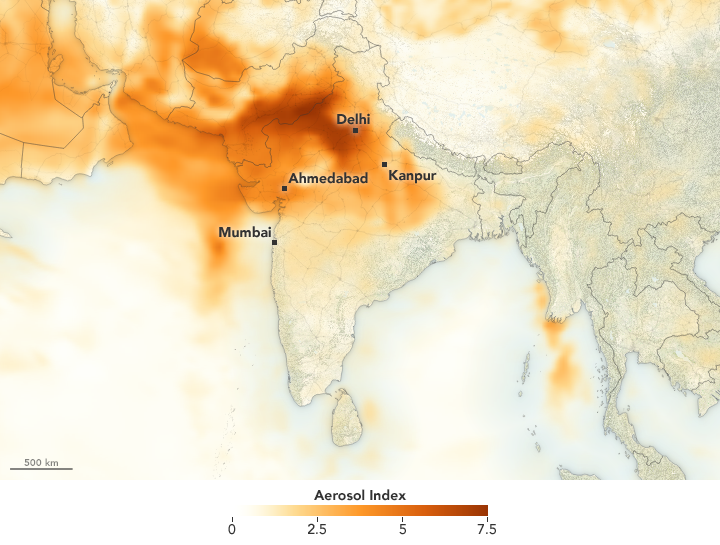“Five years of continuous gains in health security nationally is remarkable progress,” said Glen Mays, PhD, MPH, who leads a team of researchers at the University of Kentucky in developing the Index. “But achieving equal protection across the U.S. population remains a critical unmet priority.”
Eighteen states achieved preparedness levels that exceed the national average, with 21 states below the national average. A total of 38 states plus the District of Columbia increased their overall health security in the last year, while eight remained steady and four states declined.
“Every community must be equipped to prepare for, respond to, and recover from any health emergency,” said Stephen C. Redd, MD, RADM, USPHS, director of the U.S. Centers for Disease Control and Prevention (CDC) Office of Public Health Preparedness and Response. “The Index helps pinpoint where cross-sector investments are paying off and how the nation can increase resilience.”
Based on a model informed by experts in public health, emergency management, academia, health care, and other sectors, researchers collect, aggregate, and measure health security data from more than 50 sources. The final measures fall into six categories, each of which is assessed independently, and cover topics such as:





